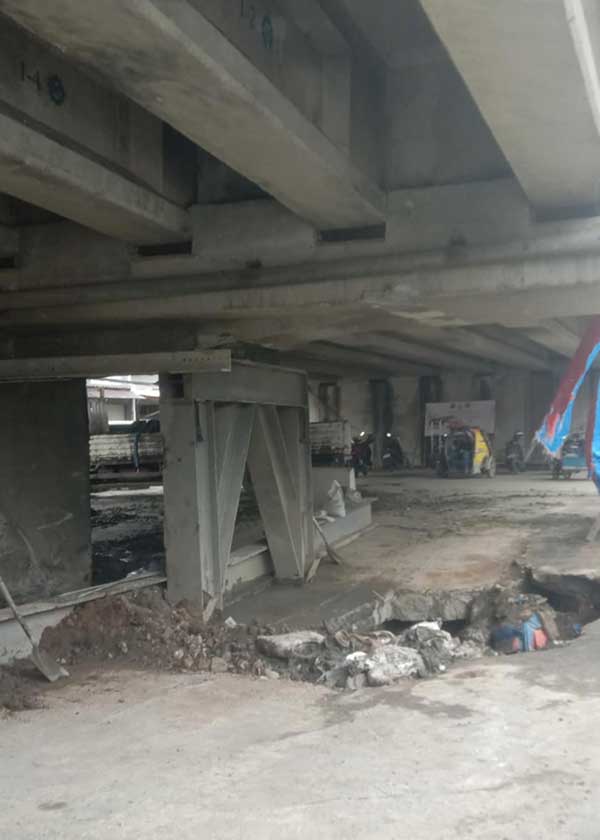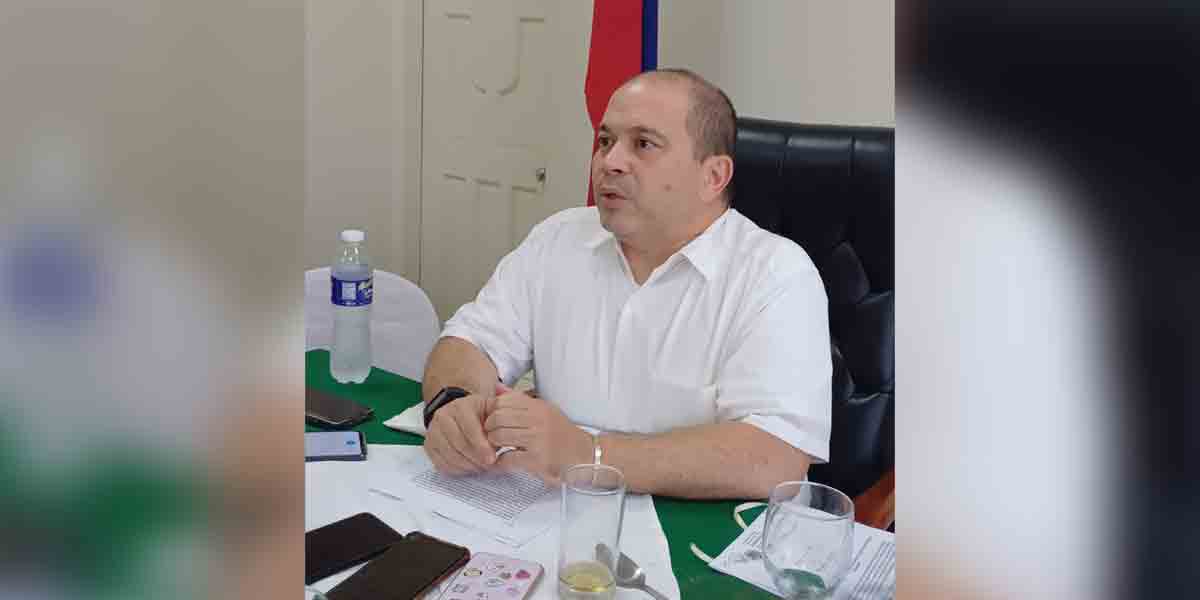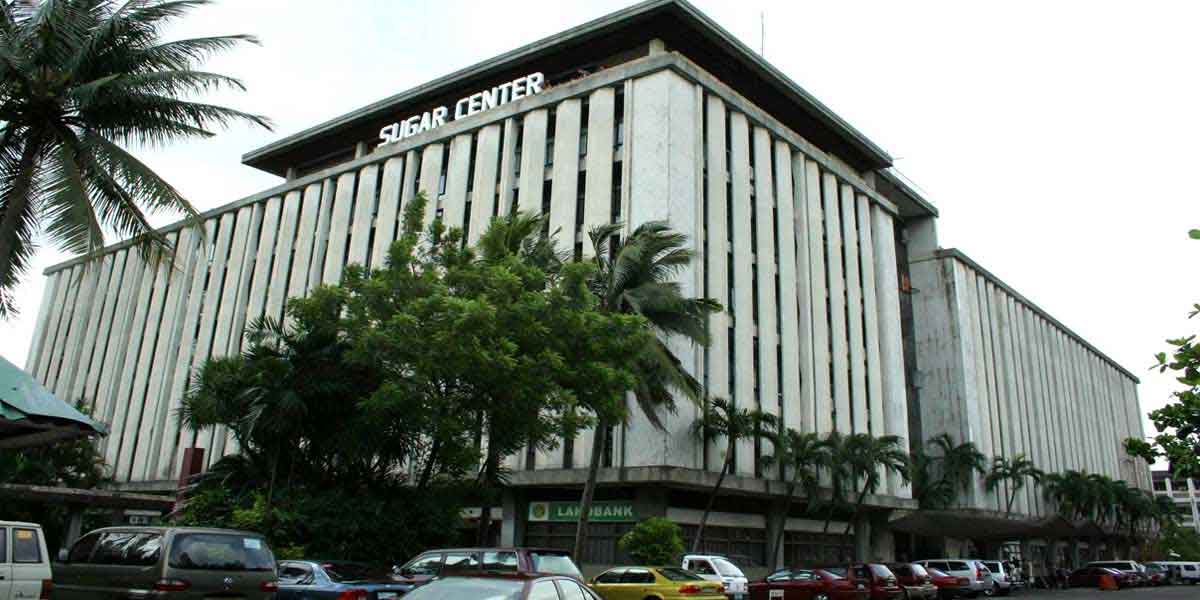
By Rjay Zuriaga Castor and Mariela Angella Oladive
The Department of Public Works and Highways Western Visayas (DPWH-6) stated that the International Builders Corporation (IBC) is not responsible for the leakage in Metro Pacific Iloilo Water’s (MPIW) pipeline at the Ungka Flyover.
In a statement on Thursday, Oct. 31, DPWH-6 clarified that the leakage likely resulted from soil disturbances caused by jet grouting activities conducted as part of the flyover’s rectification work.
The agency explained that ongoing repairs may have impacted the “natural wear and age of MPIW’s pipeline system.”
“This movement (soil disturbance), although within expected limits, may have added pressure to older and more vulnerable pipeline sections,” DPWH-6 added.
IBC, the original contractor for the Ungka Flyover, is currently carrying out the second phase of repairs.
Similar to the first phase, phase two involves jet grouting in the remaining piers, sections of the abutment leading to the airport, and the entire abutment toward Iloilo City.
DPWH-6 emphasized that borehole drilling and jet grouting were conducted carefully, citing a preliminary seismic survey that led the agency to reposition boreholes to avoid MPIW utilities near the flyover.
“The leakage in the pipelines was not caused by damage from the contractor, as previously claimed by MPIW,” DPWH-6 added.
This statement contradicts MPIW’s Oct. 30 assertion that IBC had damaged its 600-millimeter transmission line.
On Oct. 31, MPIW engineering division head Engr. Jerry Gelluirgan told Daily Guardian that they “cannot categorically say” construction activities caused the hole near the flyover, softening their previous claim that the leak was due to IBC.
Gelluirgan also admitted that the leakage could be partly attributed to their aging and deteriorated pipeline.
BACKFILLING HALTED
DPWH-6 announced that MPIW’s backfilling work had been paused, citing that the backfilling was “not performed according to required standards and lacked proper compaction.”
This statement contradicts MPIW’s earlier announcement that backfilling and compaction work was completed at 9:20 p.m. on Oct. 30.
MPIW had conducted an emergency leak repair on Oct. 18, which required excavating the damaged area.
Images of the uncovered hole beneath the flyover circulated, raising public concerns about the infrastructure’s stability.
“After the repair activity, the area was backfilled by the contractor,” MPIW stated.
However, MPIW noted that the backfill materials subsided due to continuous rainfall.
DPWH-6 also pointed out that a shortage of backfilling materials left a portion of the hole uncovered.
“DPWH-6 promptly contacted MPIW to address this issue, but a delay in MPIW’s response prevented immediate action,” the agency added.



















